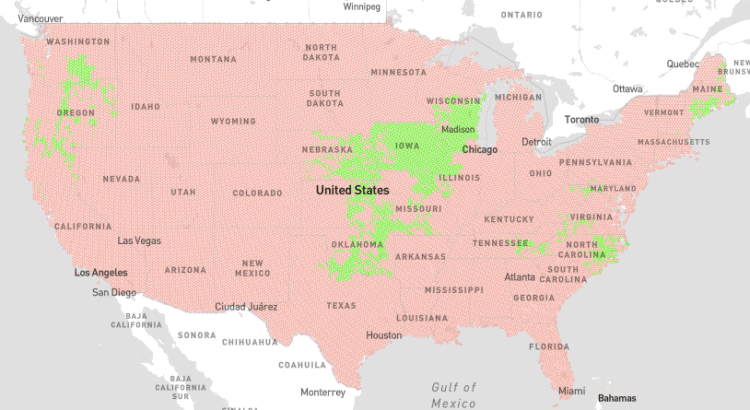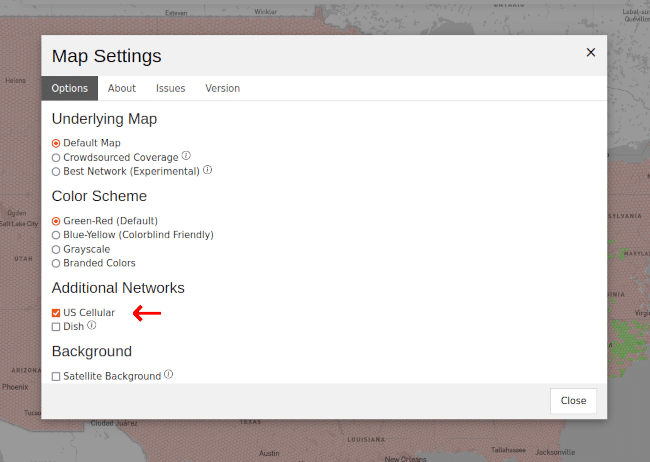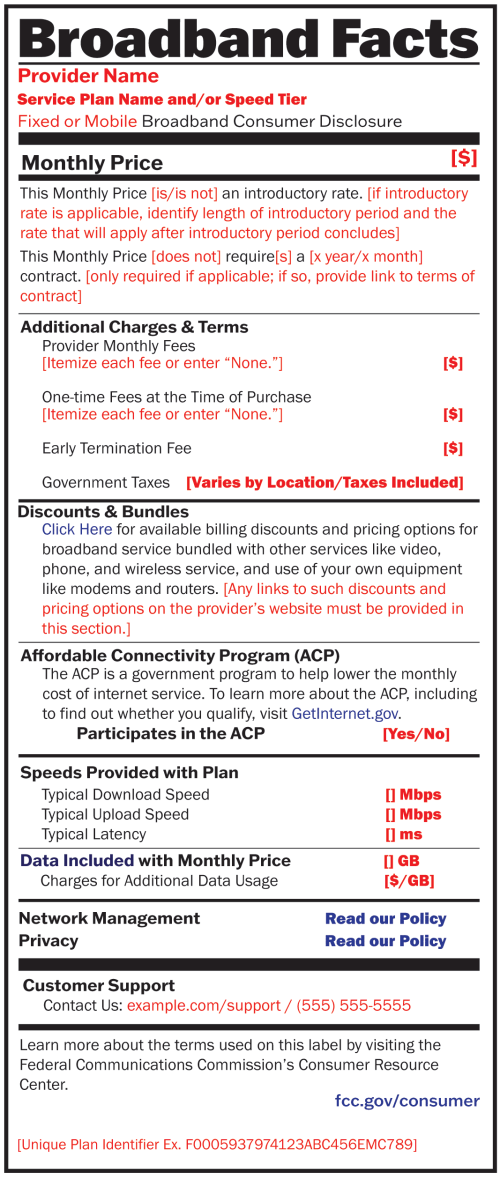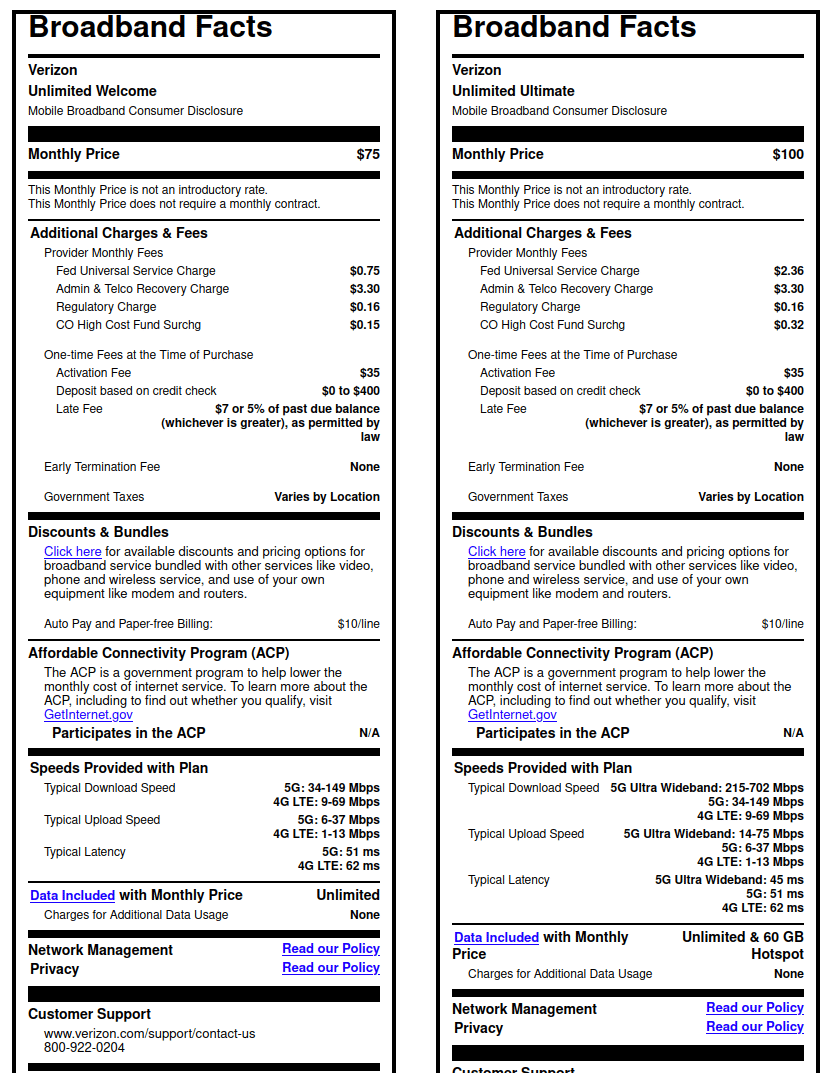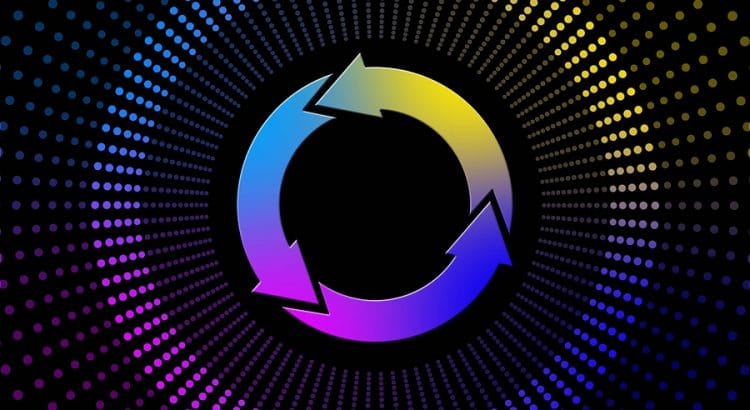Today, Verizon and AST SpaceMobile announced a partnership. All three of the largest US networks now have plans to reduce dead zones with the help of cell signals transmitted from constellations of satellites. AT&T has been publicly working alongside SpaceMobile for a while, but the company only locked in a formal deal earlier this month. For now, T-Mobile is the exclusive US-based network planning to provide cellular connectivity with SpaceX’s Starlink satellites.
Early Days
I don’t expect either AST or SpaceX’s service to become widely available in 2024. When satellite connectivity eventually becomes available for normal consumers, it’ll likely be limited to subscribers on premium, high-cost plans.
Texting First
The excerpt below comes from CNET’s article about the recent announcement from Verizon and AST:
100% Coverage?
With today’s announcements, there was talk about eliminating dead zones with “100 Percent Geographical Coverage of the Continental United States”. It’s perhaps over-optimistic. Dead zones will still exist in buildings. Areas with canyons, dense tree cover, or other objects blocking the sky might continue to have coverage issues. And satellites will do almost nothing to solve congestion issues which, when severe, can make areas effectively dead zones. Still, it’s super exciting. I’ll be following closely.

